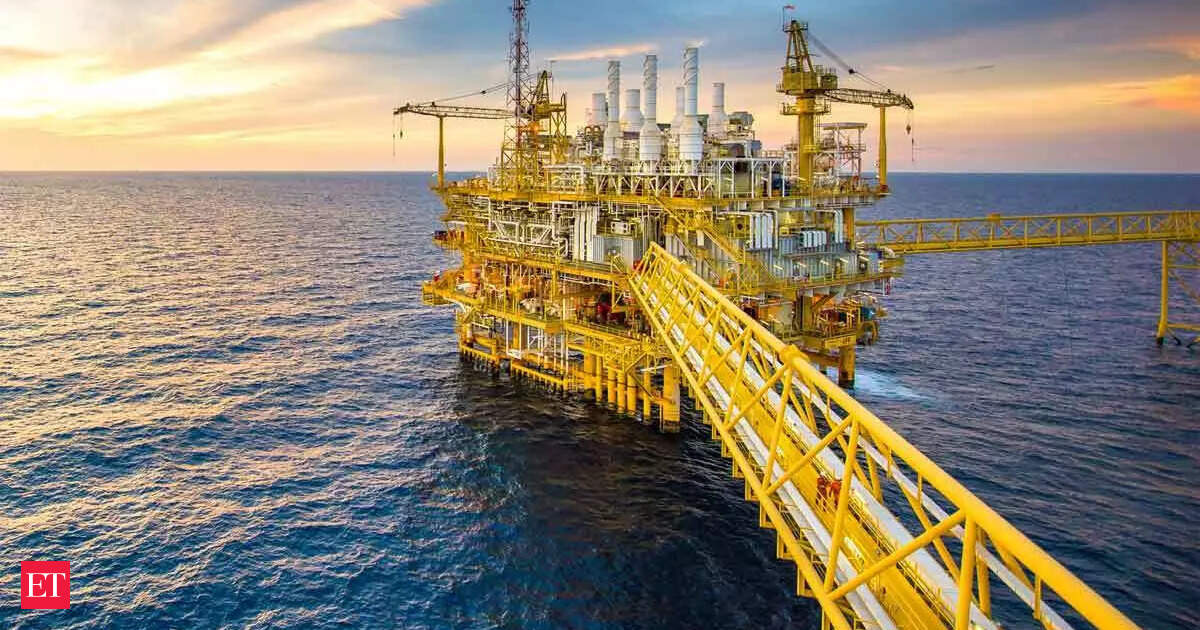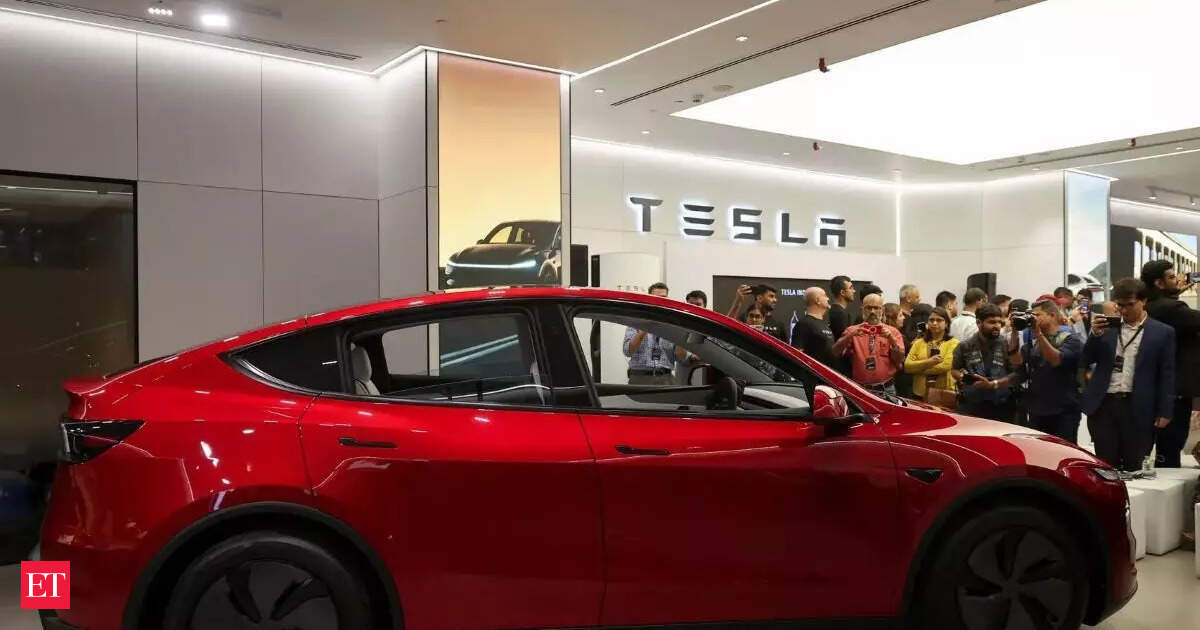India’s refining capacity was projected to rise from 245 million tonnes per annum (mtpa) in 2017-18 to 414 mtpa by 2025 and 439 mtpa by 2030, according to a 2018 report by an official panel of oil ministry officials and industry executives, which based its projection on “firm plans” by refiners.
The refining capacity, however, has risen to just 258 mtpa, according to oil ministry data. The major misses included the India-Saudi 60 mtpa greenfield joint venture project, Rosneft-backed Nayara Energy’s 25 mtpa expansion, Reliance Industries’ 7.5 mtpa addition, and Indian Oil‘s 34 mtpa target.
The BPCL-NRL combined capacity expanded by 2 mtpa, compared to a projected 26.4 mtpa by 2025, while the HPCL-ONGC group achieved an 11 mtpa increase-the largest by any group-against its 23 mtpa target. Some expansion projects, including those by Indian Oil and HPCL, are under construction and expected to come online over the next few years.
Indian Oil, HPCL, BPCL, RIL, and Nayara declined to comment.
Slower expansion, coupled with surging domestic demand, has pushed up India’s imports of petroleum products by 43% in seven years to 2024-25, while exports have declined by 3% in volume terms.B Ashok, former chairman of Indian Oil, says the uncertainty over the impact of energy transition policies, both domestically and globally, has “made decision-makers more circumspect”. While acknowledging that refineries are “high capex and high gestation projects”, he warned that India needs fast-executed greenfield refinery projects to support its rapidly expanding economy.




